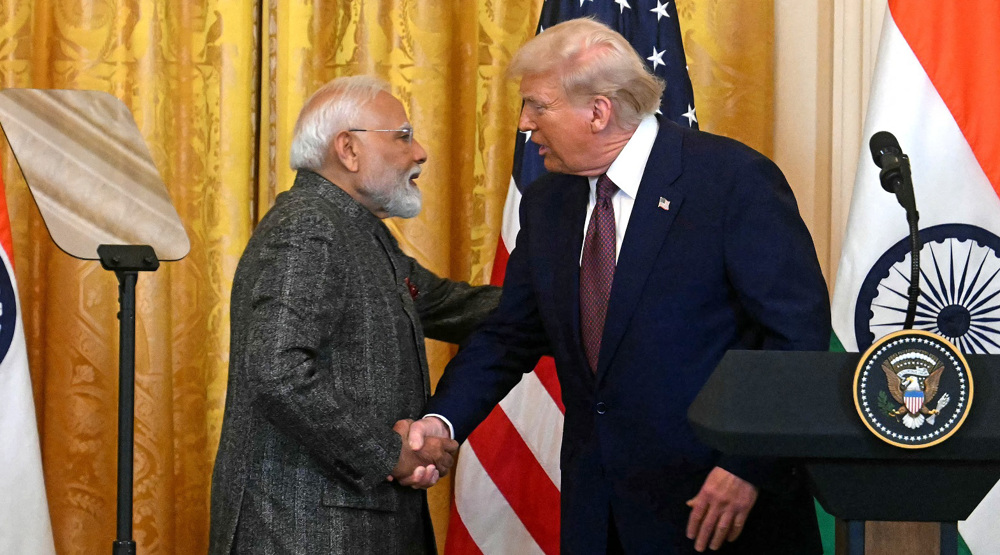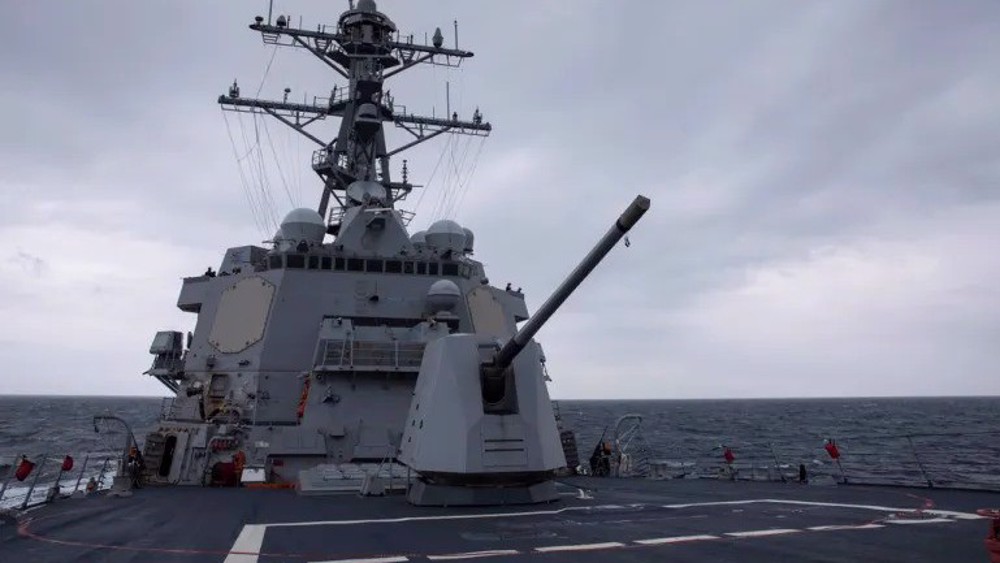Russia, China navies to conduct joint drills in Baltic Sea
Russia and China are set to conduct joint naval drills featuring military aircraft and warships from both sides, including one of Beijing’s most advanced destroyers.
In a Tuesday statement, the Russian Defense Ministry said the Baltic Sea phase of the naval drills, codenamed Joint Sea 2017, starting Friday, will involve about a dozen warships in addition to military aircraft and helicopters, RT reported.
The naval base of Baltiysk in Russia’s Kaliningrad region will receive the Chinese naval forces in an official welcoming ceremony on July 21.
The active phase of the maneuvers will be held between July 24 and 27.
“The main goals of the exercises are to increase the efficiency in cooperation between the two fleets in countering security threats at sea, to train compatibility of the crews of Russian and Chinese warships, to strengthen friendship and cooperation between the Russian Navy and the Naval Forces of the Chinese People’s Liberation Army,” the Russian ministry said.
Earlier, Chinese media reported that Beijing has deployed the Changsha, the second advanced Type 052D guided missile destroyer, which was commissioned just two years ago. The warship will be accompanied by the missile frigate Yuncheng and the Luoma Lake supply ship.
Last week, on their way to the Baltic, the Chinese fleet engaged in live-fire drills in the Mediterranean.
The second phase of the wargames will take place in September, when the Chinese navy will join Russian warships in the Sea of Japan and the Sea of Okhotsk.
The Chinese and Russian navies have been staging their Joint Sea maneuvers since 2012. Last year, an active stage of the drills was conducted in the South China Sea.
Xinhua reported last month that this year’s edition of the joint drills with Russia would “improve coordination between the two navies on joint defense operations at sea.”
It added that the main objective was “to consolidate and advance the Sino-Russian comprehensive strategic partnership of coordination, and deepen friendly and practical cooperation between the two militaries.”

China condemns ‘unilateral and arbitrary’ US tariffs

China warns US, India after Trump surge in arms sales to New Delhi

US makes debut passage through Taiwan Strait under Trump's new administration
Shocking details of Israeli army’s massacre of 90 civilians from Juha family in Gaza
VIDEO | Lebanese resistance remains alive
Iran’s daily sweet gas production peaks at 870 mcm: NIGC
Nasrallah shattered myth of Israeli military’s invincibility: Top Yemeni official
Iran says it has attracted $8.2bn of foreign investment since Aug
‘Misguided policies’: Araghchi says unjust sanctions inflict suffering on innocent Iranians
Iran summons Polish envoy over 'baseless, biased' drone claims
Election winner conservative Merz invites Netanyahu to Germany despite ICC warrant











 This makes it easy to access the Press TV website
This makes it easy to access the Press TV website